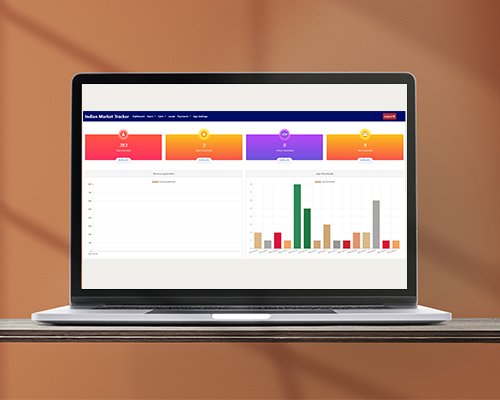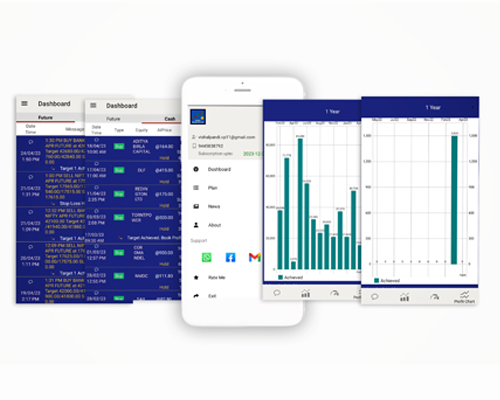Mobile Applications
Fastura Technologies Pvt Ltd
Mobile application design refers to the process of creating the visual and interactive elements of a mobile app to ensure a positive user experience. It involves considering various aspects, including usability, aesthetics, functionality, and performance. Here are some key considerations in mobile application design:
1. User Interface (UI) Design:
The UI design focuses on creating visually appealing and intuitive interfaces that are easy to navigate and understand. It involves selecting appropriate color schemes, typography, iconography, and layout arrangements to create a cohesive and engaging user interface.
2. User Experience (UX) Design:
UX design aims to create a seamless and satisfying user experience by understanding user needs, preferences, and behaviors. It involves designing intuitive interactions, clear navigation, and logical information architecture to ensure users can easily accomplish their goals within the app.
3. Responsiveness and Adaptability:
Mobile apps need to be designed to work effectively across different devices and screen sizes. Responsive design ensures that the app layout and elements adapt and adjust to fit various screen resolutions, orientations, and aspect ratios.
4. Simplified Navigation:
Mobile apps should have a clear and simplified navigation structure to help users easily find their way around the app. This includes using intuitive navigation patterns like tab bars, side menus, or bottom navigation bars and minimizing the number of steps required to perform tasks.
5. Consistency and Branding:
Consistent design elements and branding help users recognize and familiarize themselves with the app. Design guidelines and style guides should be established to ensure consistent use of colors, typography, icons, and other visual elements throughout the app.
6. Usability Testing and Iteration:
User feedback and usability testing are crucial in the design process. Testing the app with real users allows for identifying usability issues and making improvements based on user insights, leading to a more user-friendly and effective design.

.jpg)



